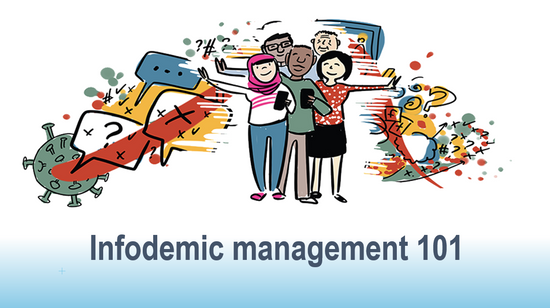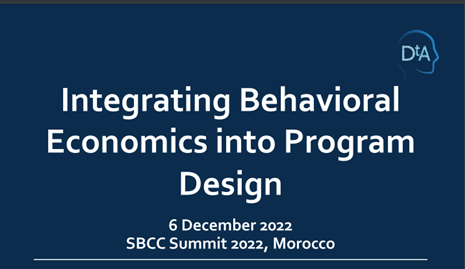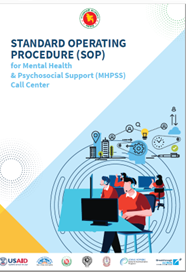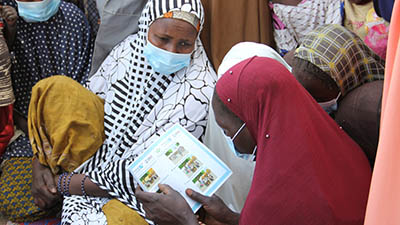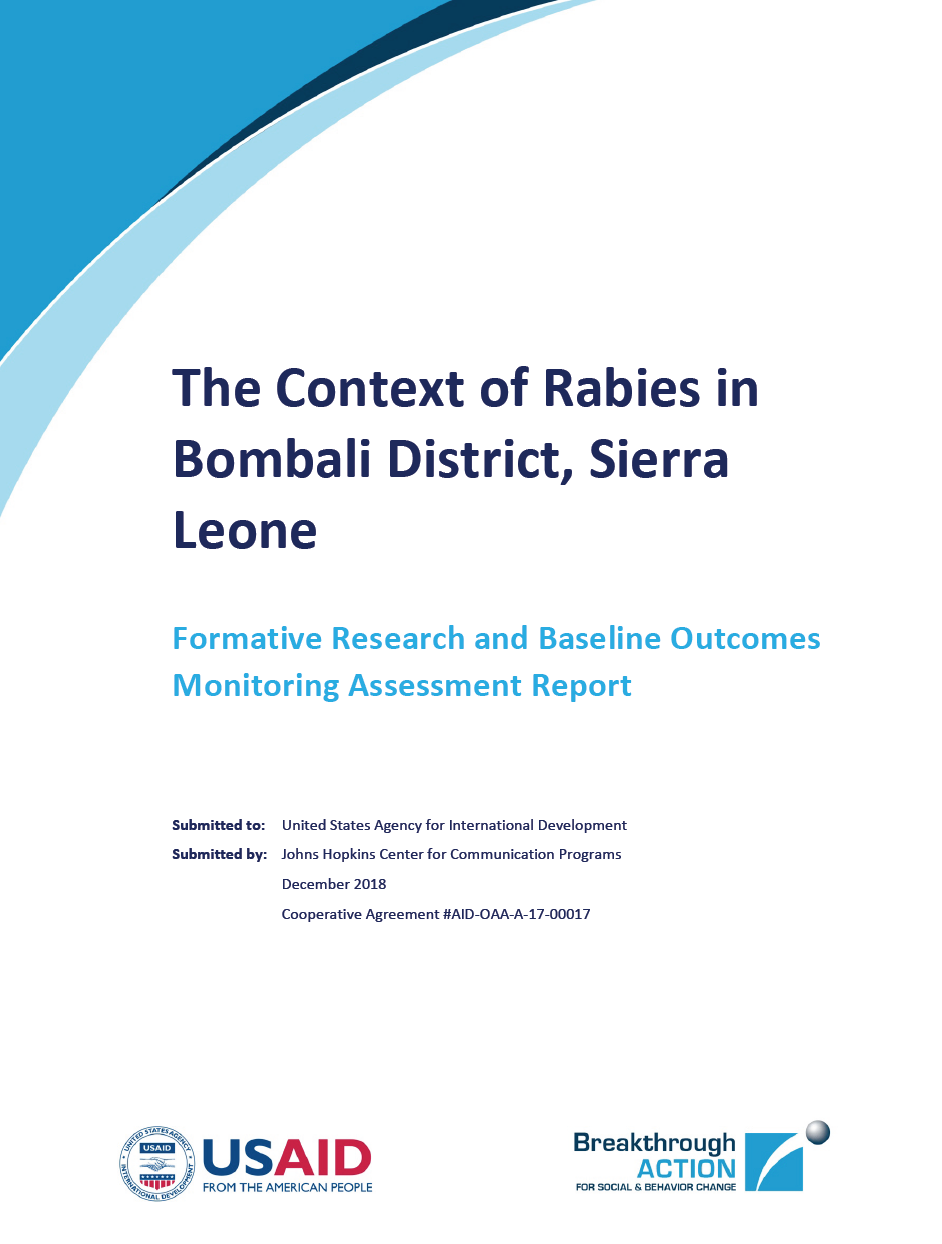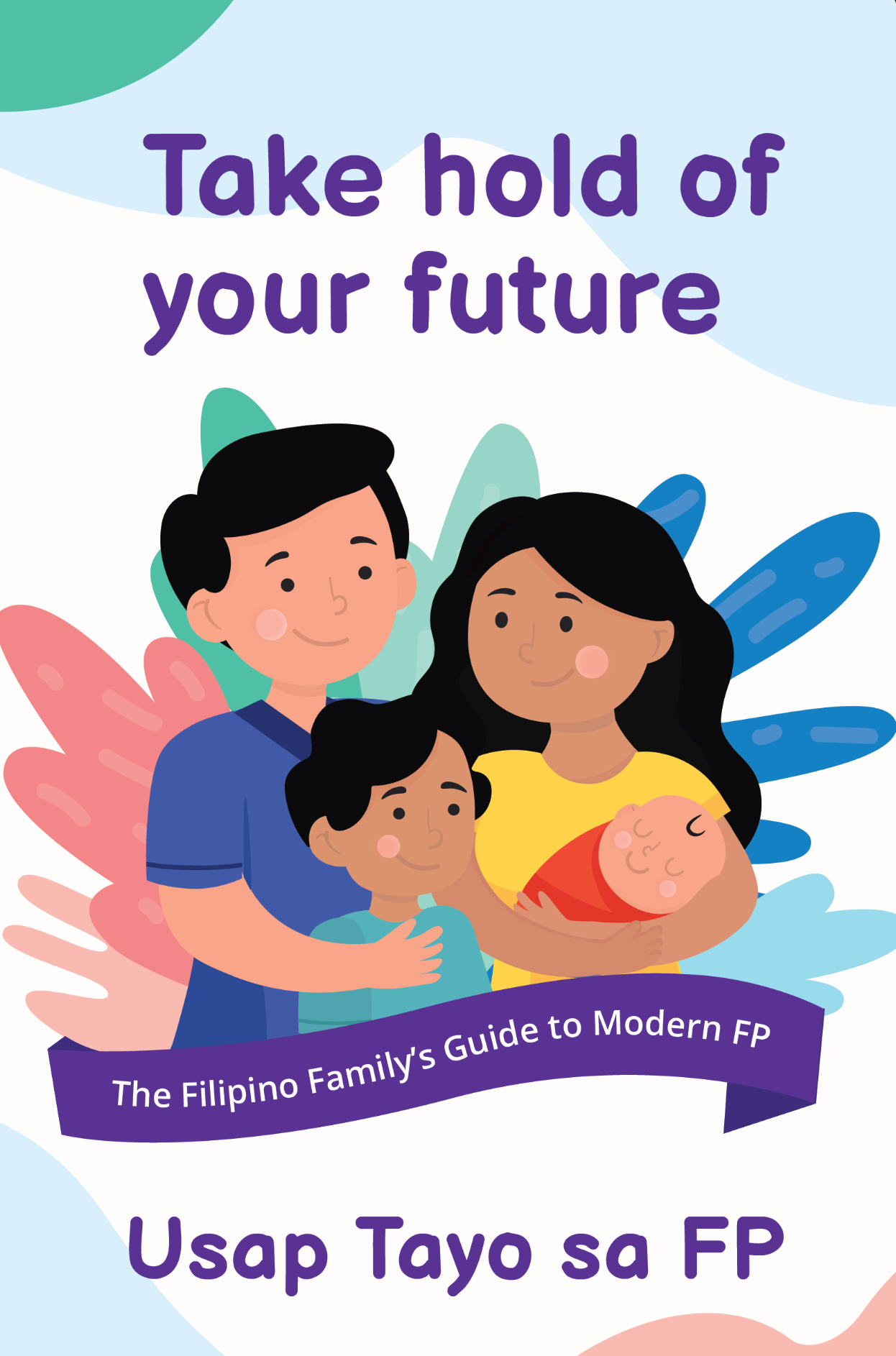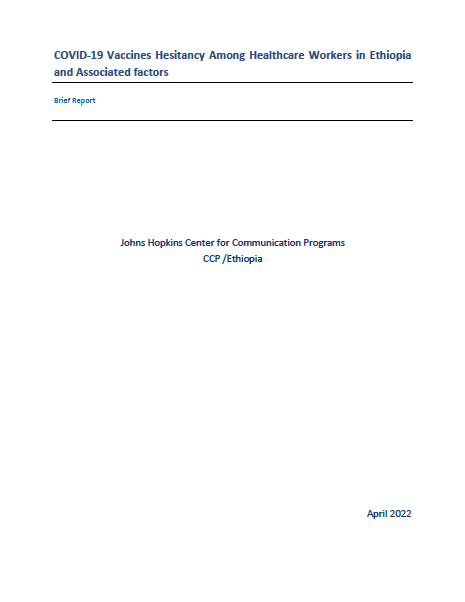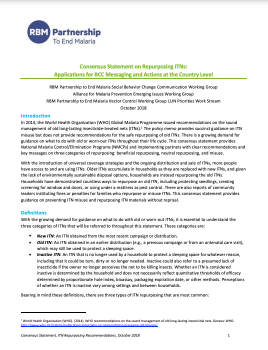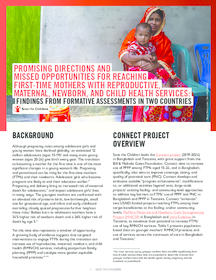Introduction to Behavioral Economics [Course]/Introduction à l’économie comportementale [Cours]
Every day, billions of people make trillions of decisions, at work, at home, and everywhere else. Behavioral economics (BE) is the study of the decisions and actions we make as human beings. This online, self-guided course will introduce you to BE, which includes behavioral biases and ways to apply behavioral design to family planning and reproductive health (FP/RH). BE teaches us that the interplay between context and psychological features of humans can have a surprisingly powerful effect on our behavior. Insights from behavioral analysis allow us to anticipate and account for these inconsistencies in human behavior when designing products, programs, and policies in public and reproductive health and beyond. The sessions in this course consist of instructional videos and engaging tasks that you can complete to deepen your understanding of the application of behavioral economics.
Introduction à l’économie comportementale [Cours]
Chaque jour, des milliards de personnes prennent des billions de décisions, au travail, à la maison et partout ailleurs. L’économie comportementale (EC) est l’étude des décisions et des actions que nous prenons en tant qu’êtres humains. Ce cours en ligne, auto-guidé vous présentera l’EC, qui comprend les biais comportementaux et les moyens d’appliquer la conception comportementale à la planification familiale et à la santé reproductive (PF/SR). L’analyse comportementale nous apprend que l’interaction entre le contexte et les caractéristiques psychologiques des êtres humains peut avoir un effet étonnamment puissant sur notre comportement. Les enseignements de l’analyse comportementale nous permettent d’anticiper et de prendre en compte ces incohérences dans le comportement humain lors de la conception de produits, de programmes et de politiques dans le domaine de la santé publique et de la santé génésique et au-delà. Les sessions de ce cours consistent en des vidéos pédagogiques et des tâches engageantes que vous pouvez accomplir pour approfondir votre compréhension de l’application de l’économie comportementale.
Last modified: December 12, 2022
Language: English, French
Source: Johns Hopkins Center for Communication Programs
Year of Publication: 2022

